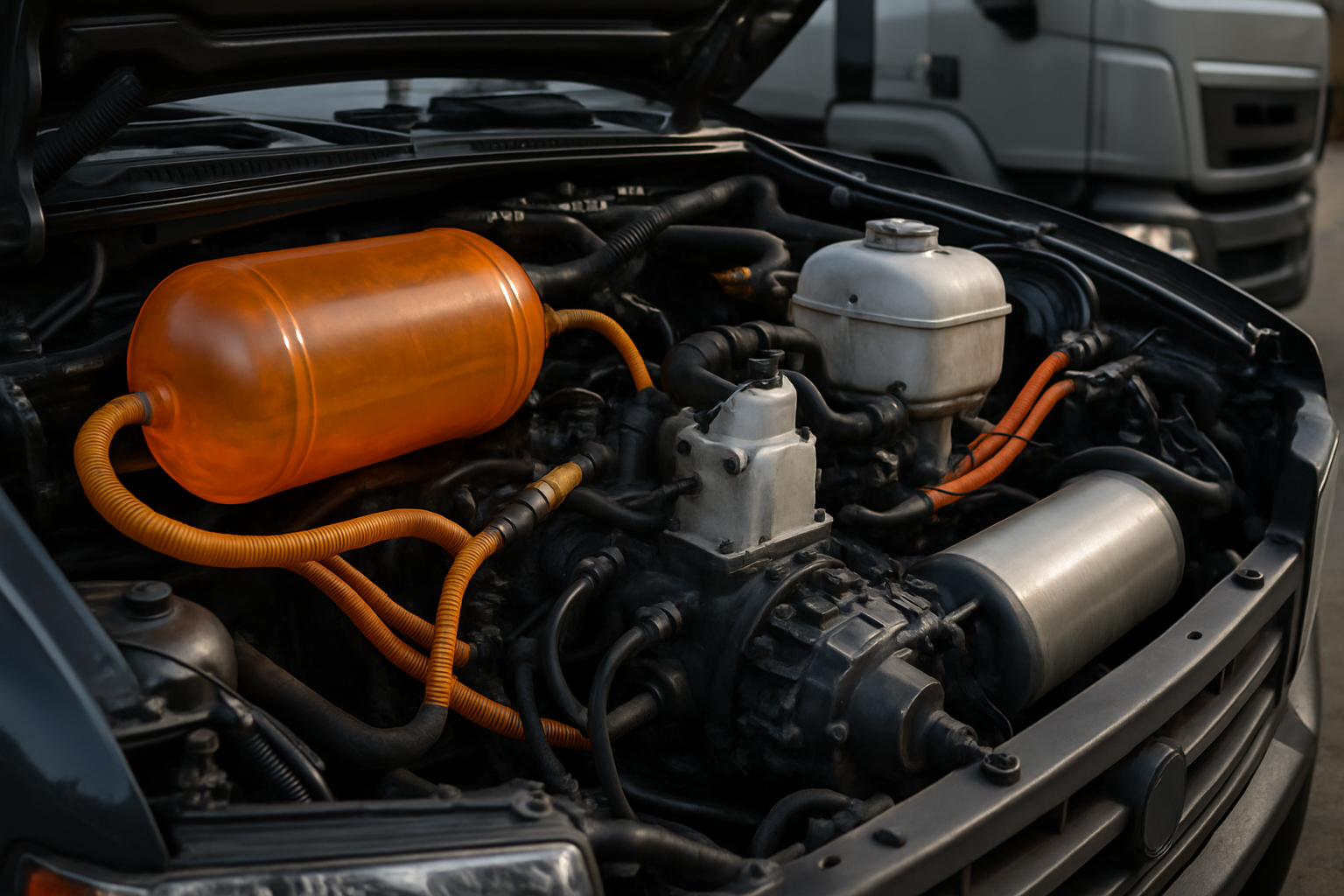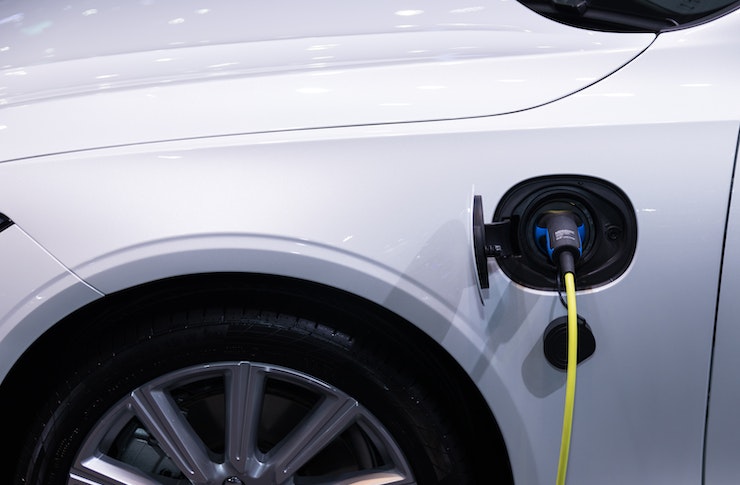Site Security Cameras: Protecting Your Property Effectively
Protecting your property with site security cameras has become increasingly accessible and essential for homeowners and businesses alike. These surveillance systems offer peace of mind by monitoring activity around your premises, deterring potential intruders, and providing valuable evidence when incidents occur. Understanding the options available in the US market helps you make informed decisions about safeguarding what matters most.

Modern surveillance technology has transformed how Americans protect their homes and businesses. Site security cameras now offer features once reserved for high-end commercial installations, making comprehensive property monitoring achievable for everyday consumers. From wireless systems to advanced motion detection, today’s cameras provide reliable security solutions tailored to various needs and budgets.
What Are Site Security Cameras and How Do They Work
Site security cameras are surveillance devices designed to monitor and record activity on your property. These systems typically consist of one or more cameras connected to a recording device or cloud storage service. Modern cameras capture high-definition video, often with night vision capabilities, and can be accessed remotely through smartphone applications. Many systems include motion sensors that trigger recording only when activity is detected, conserving storage space and making it easier to review relevant footage. Wired cameras connect directly to power sources and recording equipment, while wireless models use Wi-Fi networks and battery power for flexible placement options.
Choosing Site Security Cameras in the US Market
When selecting site security cameras in the US, several factors deserve consideration. Resolution quality determines how clearly you can identify faces and details, with 1080p being the standard minimum and 4K options available for maximum clarity. Weather resistance is crucial for outdoor installations, with ratings indicating protection against rain, snow, and temperature extremes. Storage options include local recording on SD cards or hard drives, as well as cloud-based subscriptions that store footage remotely. Field of view affects how much area a single camera covers, with wide-angle lenses reducing the number of cameras needed. Integration capabilities allow cameras to work with smart home systems, voice assistants, and professional monitoring services.
Installation Options for Site Security Cameras USA
Installing site security cameras in the USA can be accomplished through professional services or DIY approaches. Professional installation ensures optimal camera placement, proper wiring, and system configuration, typically costing between $100 and $300 per camera for labor. DIY installation has become increasingly popular with wireless systems that mount easily and connect through smartphone apps. Key installation considerations include camera height for optimal viewing angles, proximity to power sources or Wi-Fi routers, and compliance with local regulations regarding surveillance and privacy. Outdoor cameras should be positioned under eaves or protective housings to extend their lifespan, while indoor cameras benefit from corner placement for maximum room coverage.
Cost Considerations and Provider Comparisons
Understanding the investment required for site security cameras helps with budget planning and system selection. Prices vary significantly based on features, brand reputation, and whether you choose standalone cameras or complete systems. Entry-level cameras start around $30 to $50 for basic models, while professional-grade equipment can exceed $500 per camera. Complete systems with multiple cameras, storage solutions, and monitoring capabilities typically range from $200 to $2,000 or more.
| Provider | System Type | Cost Estimation | Key Features |
|---|---|---|---|
| Ring | Wireless cameras and doorbells | $60-$250 per camera | Cloud storage, motion alerts, two-way audio |
| Arlo | Wire-free security systems | $100-$500 per camera | 4K resolution options, smart detection, local and cloud storage |
| Nest (Google) | Smart home integrated cameras | $100-$400 per camera | Continuous recording, facial recognition, Google Assistant integration |
| Lorex | Wired and wireless systems | $150-$600 per camera | Local storage, no monthly fees, 4K options |
| Wyze | Budget-friendly cameras | $20-$50 per camera | Affordable cloud storage, person detection, compact design |
Prices, rates, or cost estimates mentioned in this article are based on the latest available information but may change over time. Independent research is advised before making financial decisions.
Beyond initial equipment costs, consider ongoing expenses such as cloud storage subscriptions, which typically range from $3 to $30 monthly depending on the number of cameras and storage duration. Some systems offer free basic plans with limited features, while premium subscriptions unlock advanced capabilities like extended video history and intelligent alerts.
Features That Enhance Security Camera Effectiveness
Advanced features distinguish basic surveillance from comprehensive security solutions. Two-way audio allows communication with visitors or potential intruders through built-in speakers and microphones. Smart motion detection uses artificial intelligence to differentiate between people, vehicles, animals, and general movement, reducing false alerts. Night vision employs infrared technology to capture clear footage in complete darkness, with some cameras offering color night vision. Pan-tilt-zoom capabilities enable remote camera control to follow activity or examine specific areas more closely. Integration with smart home platforms allows cameras to trigger lights, alarms, or other connected devices when motion is detected.
Maintaining and Optimizing Your Camera System
Regular maintenance ensures your site security cameras continue functioning effectively over time. Clean camera lenses quarterly to prevent dirt and debris from obscuring the view. Check wireless camera batteries monthly and replace them as needed to avoid coverage gaps. Update firmware when manufacturers release new versions to maintain security and access improved features. Review camera angles seasonally as vegetation growth or structural changes may obstruct views. Test recording and alert functions periodically to confirm the system operates correctly when you need it most. Secure your network with strong passwords and encryption to prevent unauthorized access to your camera feeds.
Conclusion
Site security cameras provide valuable protection for properties throughout the United States, offering technology that continues advancing while becoming more affordable and user-friendly. Whether you choose professional installation or a DIY approach, wireless convenience or wired reliability, budget-friendly basics or feature-rich systems, options exist to match your specific security needs. By understanding available features, comparing providers, and maintaining your equipment properly, you can create an effective surveillance system that safeguards your property and provides lasting peace of mind.




